Desegregating The Las Vegas Strip
By the late 1950s, Las Vegas was booming with world-class entertainment and casinos. Yet the Las Vegas Strip was strictly segregated: Black performers like Nat King Cole and Sammy Davis Jr. could headline shows but were forbidden from staying in the hotels where they performed. Black residents and visitors were turned away from restaurants, casinos, and showrooms.
In 1960, the NAACP Las Vegas Branch #1111, under the leadership of Dr. James B. McMillan, decided this injustice could no longer stand. The branch organized plans for a protest march on the Strip, determined to confront segregation head-on.
Fearing the economic and reputational fallout of a large-scale demonstration, Nevada Governor Grant Sawyer, city officials, and resort owners agreed to meet with the NAACP at the Moulin Rouge Hotel, Las Vegas’s first integrated casino.
On March 26, 1960, the two sides reached the Moulin Rouge Agreement. This historic accord ended segregation in Las Vegas’s casinos, hotels, and showrooms, opening the doors of the Strip to African American patrons for the first time.
While the agreement did not immediately secure equal employment opportunities—Black workers were still largely excluded from customer-facing roles—it was a landmark achievement. It marked the beginning of the end for legalized segregation in Nevada’s entertainment industry.
The Moulin Rouge Agreement proved the power of organized activism and negotiation. It demonstrated that NAACP Las Vegas Branch #1111 could shape the course of history—not only for Black Las Vegans, but for the identity of the entire city.
